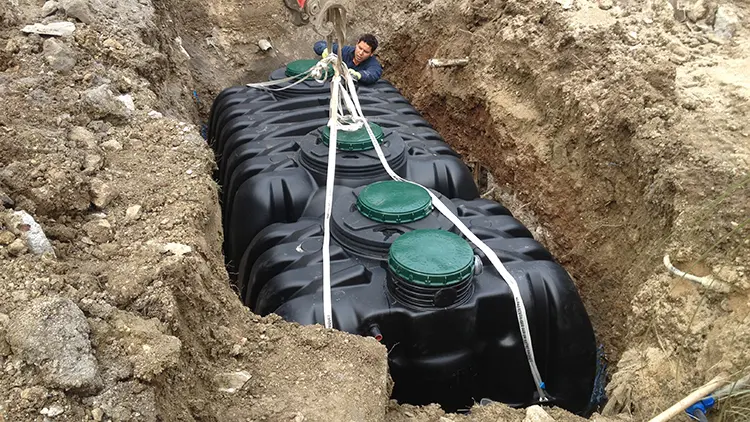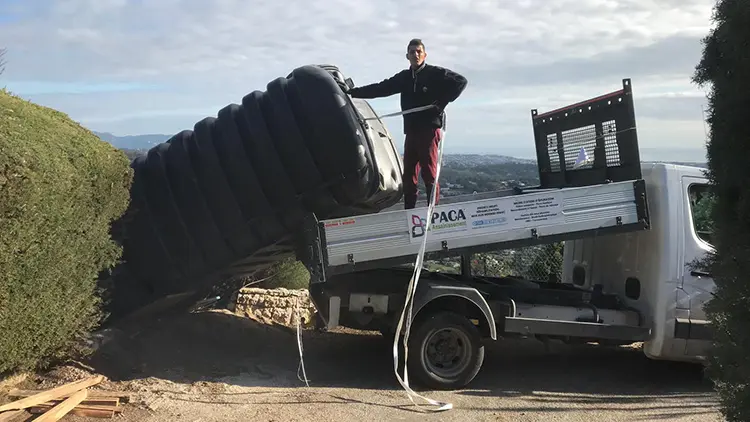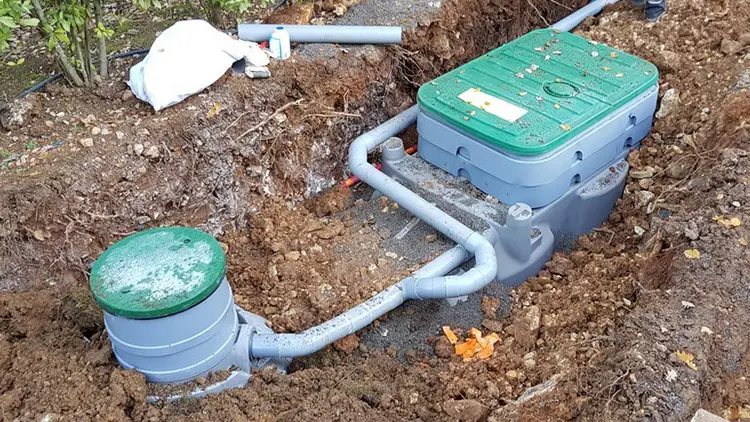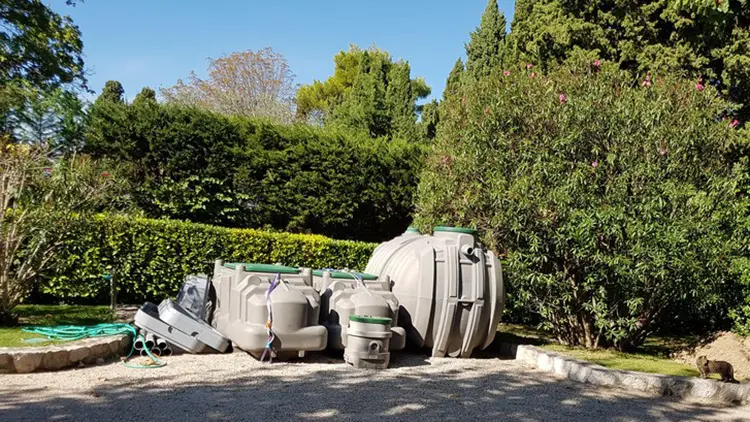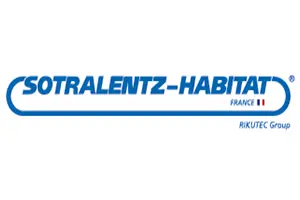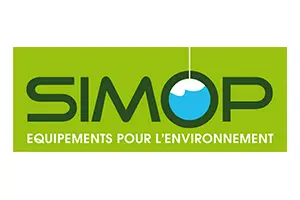- info@paca-environnement.com
- 1 rue du Gabian – Le Thalès 98000 Monaco
Wastewater treatment unit

Do you have a question?

Wastewater treatment unit
A wastewater treatment unit, often called a compact sanitation system, is a complete wastewater treatment system designed for individual or collective installations where space is limited or where environmental or geographic constraints make the use of wastewater systems difficult. more traditional sanitation.
Compact systems generally integrate several stages of wastewater treatment in a small space to guarantee efficient treatment before the effluent is released into the environment or reused.
The components of a compact die may vary depending on specific needs and local regulations, but here are the elements commonly included in this type of system:
1. Pretreatment:
This step aims to remove large debris, solids and grease from the wastewater. It may include grates, screens, fat separators, or other pretreatment devices.
2. All-water tank (FTE):
In many compact sectors, a septic tank is used to separate solids from wastewater and allow their initial decomposition. In FTET micro-organisms, such as aerobic or anaerobic bacteria, break down organic matter present in wastewater. Compact biological treatment systems may include attached biomass biological reactors, submerged filters, fixed culture systems, or other similar technologies.
3. Filtration:
After biological treatment, the water is directed to filtration to remove suspended particles and obtain a better quality clarified effluent. There are many types of filters (pine bark, hazelnut shells, coconut fiber, etc.).
4. Disinfection (optional):
In some cases, a disinfection step may be included to kill remaining pathogenic germs in the wastewater. This can be accomplished using chemicals, exposure to ultraviolet (UV) light, or other methods.
5. Discharge or Reuse:
Treated effluent may be discharged to the environment through a land dispersion system or reused for non-potable purposes, such as irrigation or flushing toilets.
Compact lines are increasingly popular because they offer a complete and efficient solution for wastewater treatment in confined spaces. However, they require regular maintenance to ensure their proper long-term operation. The specifics of a compact system will depend on many factors, including the needs of the installation, local regulations and the environmental characteristics of the site. Therefore, it is essential to work with qualified professionals to design, install and maintain a compact die according to your project needs.
Unlike the micro-purification plant, the compact system is qualified to be installed for a second home (intermittency of use).
For primary or secondary residences
Our range of compact chains









